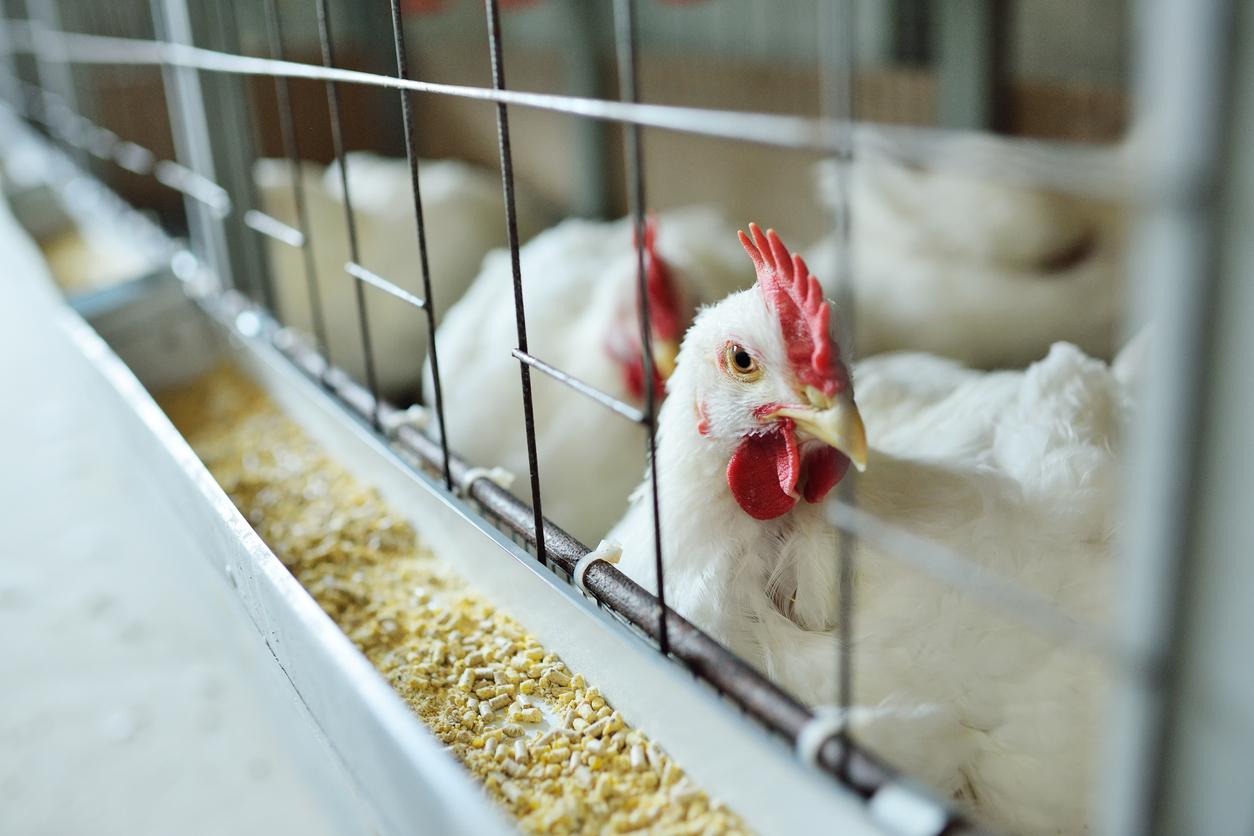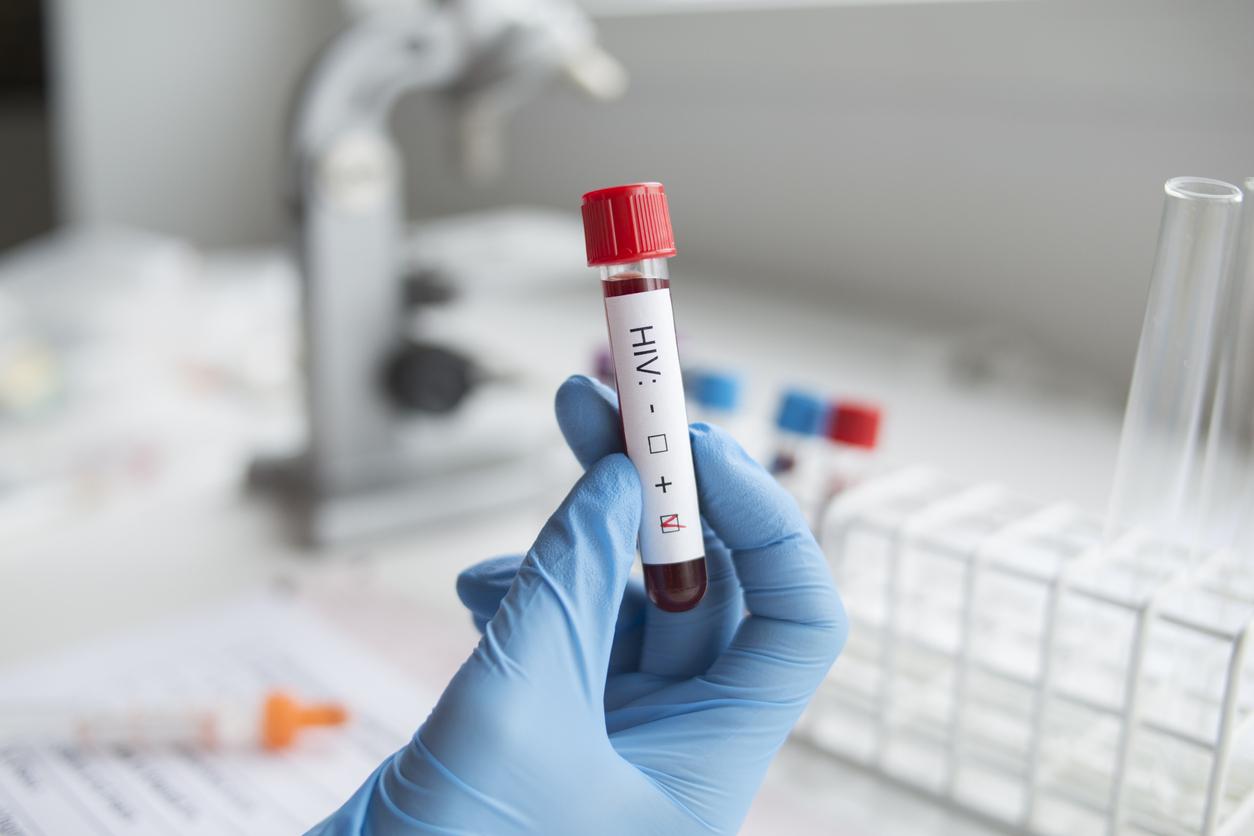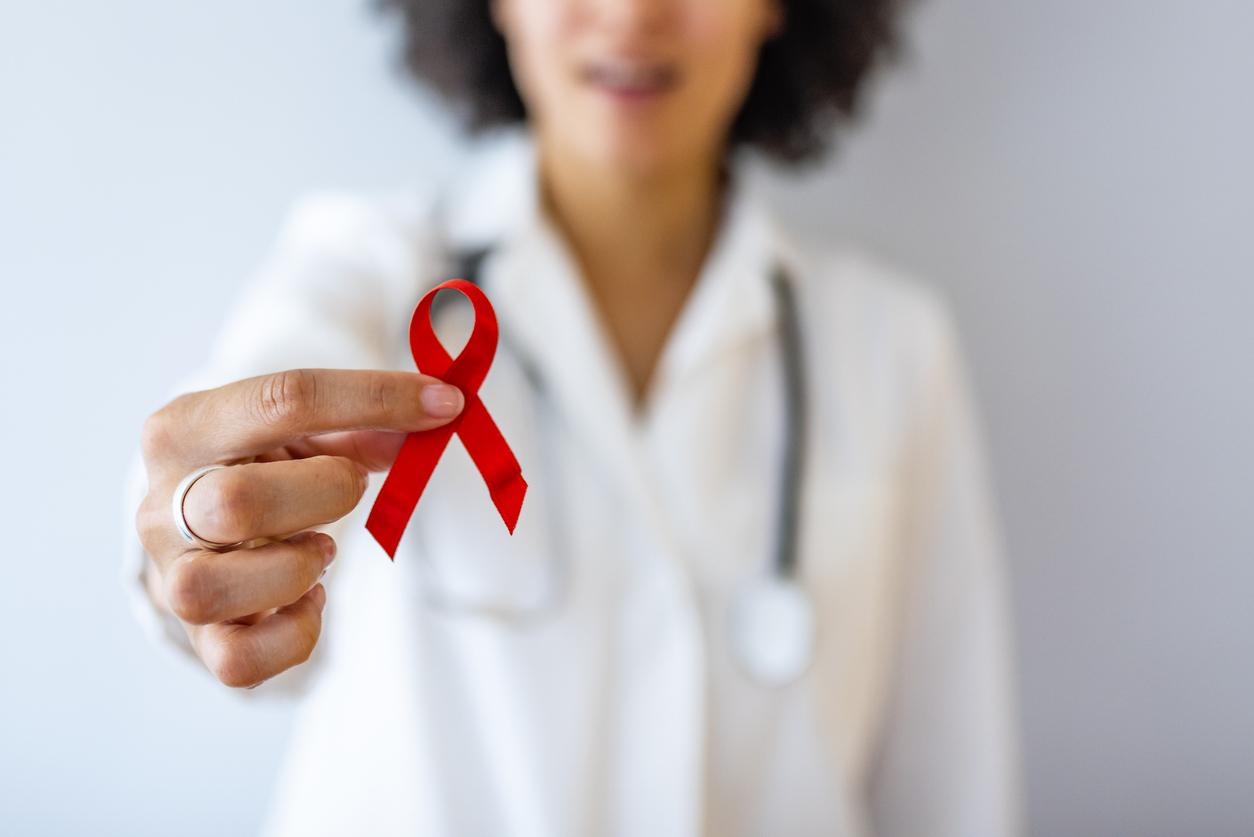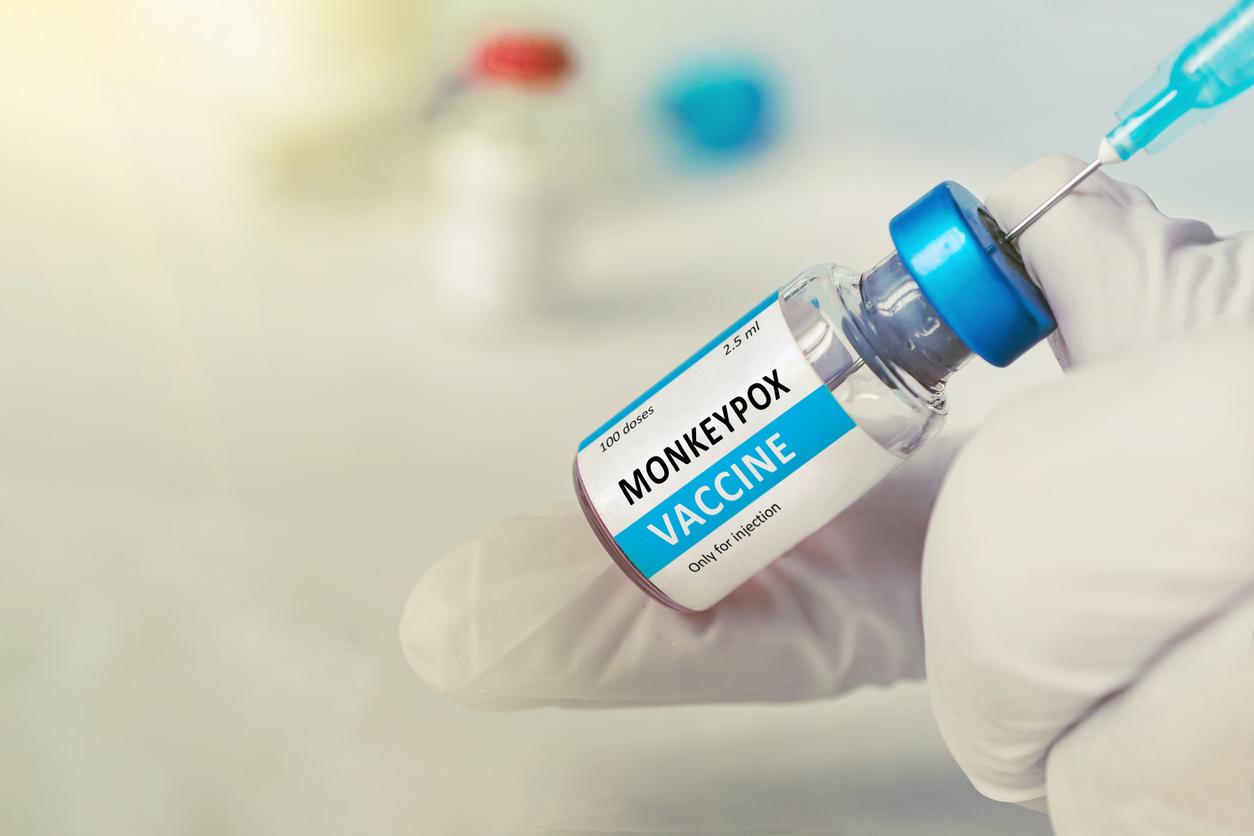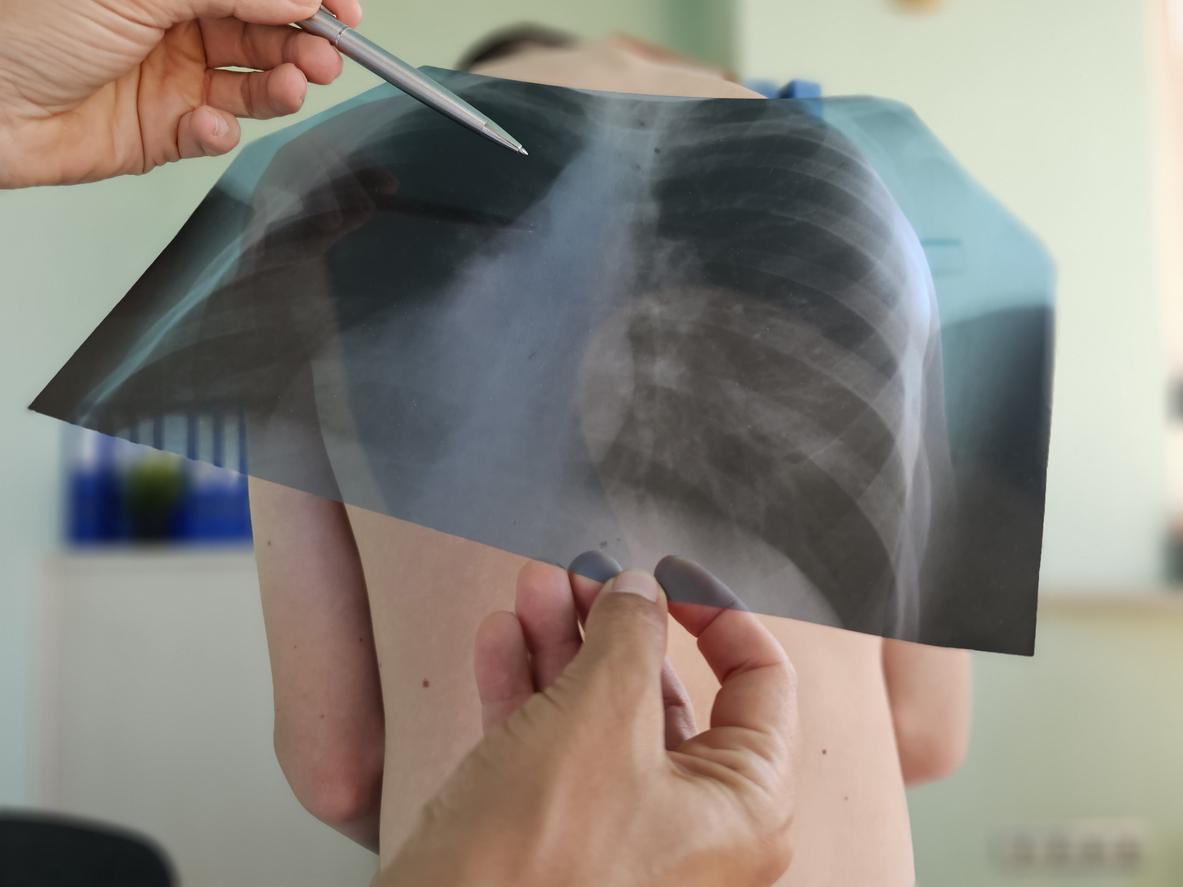
Backtracking or Japanese-style tracing is a device that allows you to go back ten days to find the “Super-contaminators” responsible for the majority of contact cases. Its primary goal? break the chains of contamination. Nationwide deployment is scheduled for July 1.
What does this retrospective tracing consist of?
On trial for two months (April and May) in two departments, Côte-d’Or and Loire-Atlantique, retro-tracing will be generalized on July 1 throughout the territory. The goal behind this “Stalking” is simple, retrospectively looking for contact cases to break future chains of contamination. Asked about this by Europe 1, epidemiologist Catherine Hill explains that “It’s a bit like looking for ascendants instead of looking for descendants. It is remarkably done in South Korea, but they did it right and they tested a lot.“It is therefore a question of looking back to better understand the cases of contamination.
Who will “investigate” behind this device?
Health insurance will be in charge of the retro-tracing, “investigators from the CPAM will contact the French who test positive. They will go back (the investigators) up to ten days and will be interested in the family and the entourage of the infected person. The questions asked will be “Readjusted”, “more intrusive”, “since the only question is not to know which people we could have infected but in what situation, in what place, at what time”, indicates Pierre Rousseau, director general of the Loire-Atlantique CPAM.
Is it really effective?
The results are conclusive in the two departments (Côte-d’Or and Loire-Atlantique). According to the data obtained during the experiment, when the contamination occurred outside the home, 10% of people are able to identify the context of the contamination. Experimentation also shows that 10% of probable contaminators are at the origin of 80% of contaminations. Backtracking should also make it possible to identify the types of events most conducive to the spread of the virus and determine exactly the places where it will be necessary to be extremely vigilant. According to the first results announced by the Health Insurance, “The types of event most commonly detected are private gatherings (family reunions, birthdays, meetings with friends, etc.), in schools (educational or sports outings, etc.) or in sports (friendly or competitive sports meetings, etc.) ) “.
Another expectation and not the least, this device could also strengthen the search for variants of Covid-19.








